The ghost town in suburban Paris
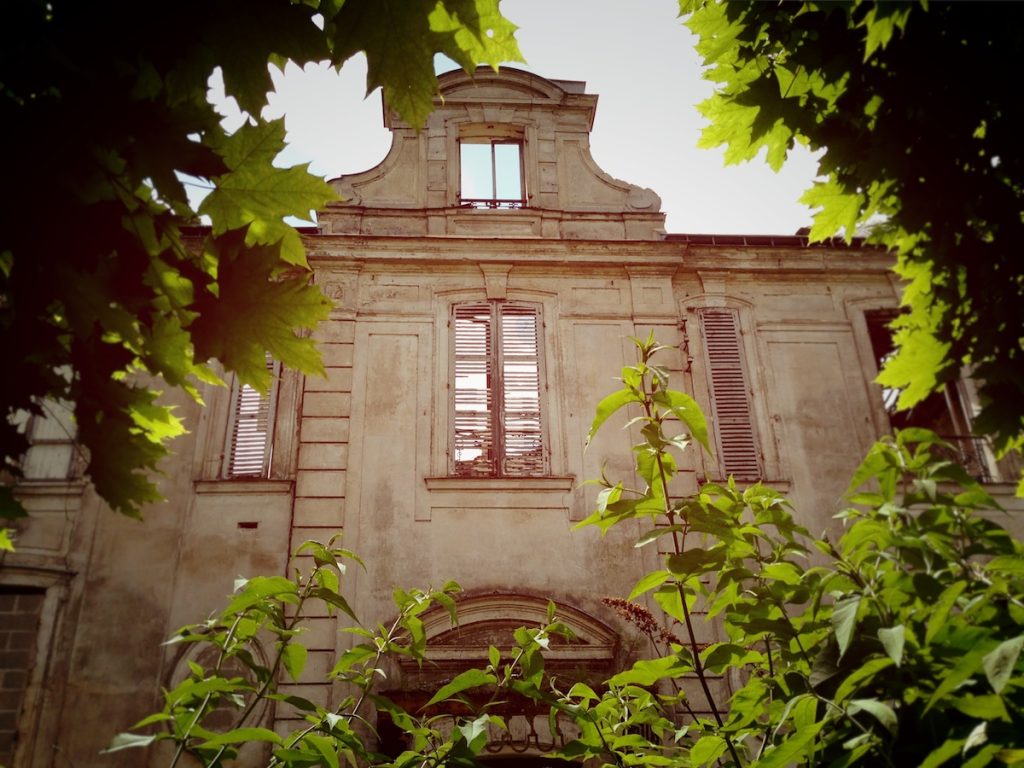
Ile-de-France, the most populous region of the nation with more people living there than in Austria, Belgium, Greece, Portugal, or Sweden combined, is where Paris is located. It has the fourth-largest economy in the world and the richest and biggest regional economy in Europe. However, a tiny portion of the area presents a radically different picture. A ghost hamlet that hasn’t altered much since the middle of the 20th century, but for one deafening tweak, is located just thirty minutes north of the Notre Dame Cathedral in central Paris.
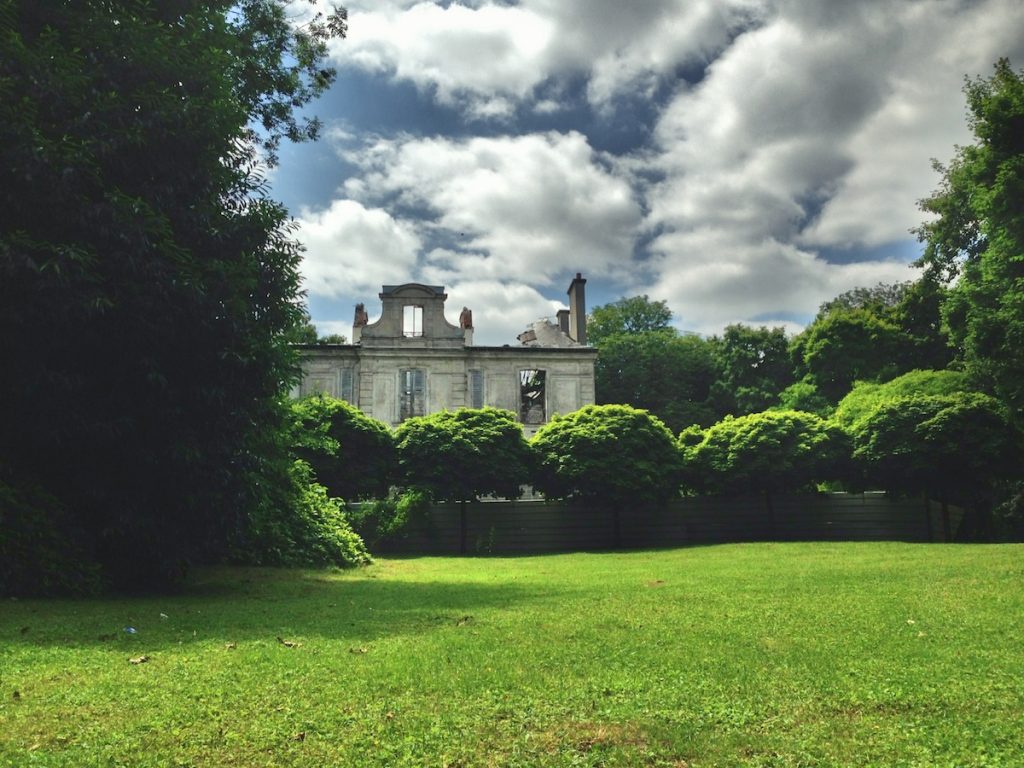
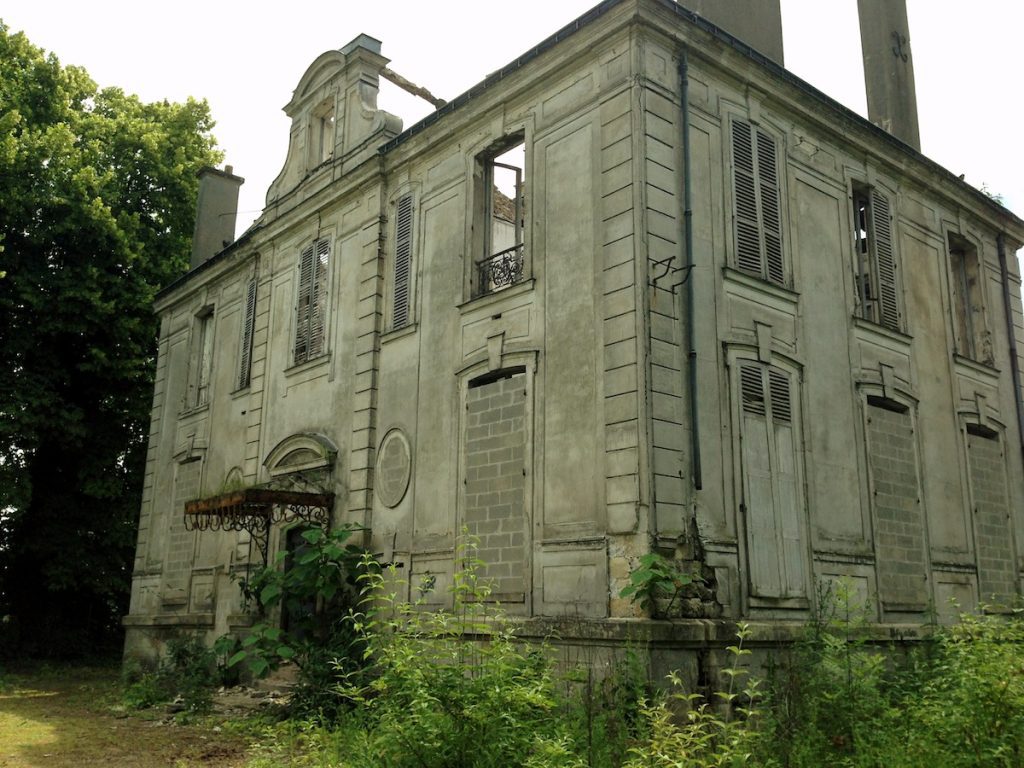
A tranquil little rural community located 20 kilometers from the busy streets of Paris was called
Goussainville-Vieux Pays. The ruins of a once-grand 19th-century bourgeois chateau stand at the center
of the community, overlooking the town’s Renaissance church and its illustrious past, which the locals
formerly took great pride in. However, this quiet suburban town’s destiny underwent a significant
transformation in the 1970s.
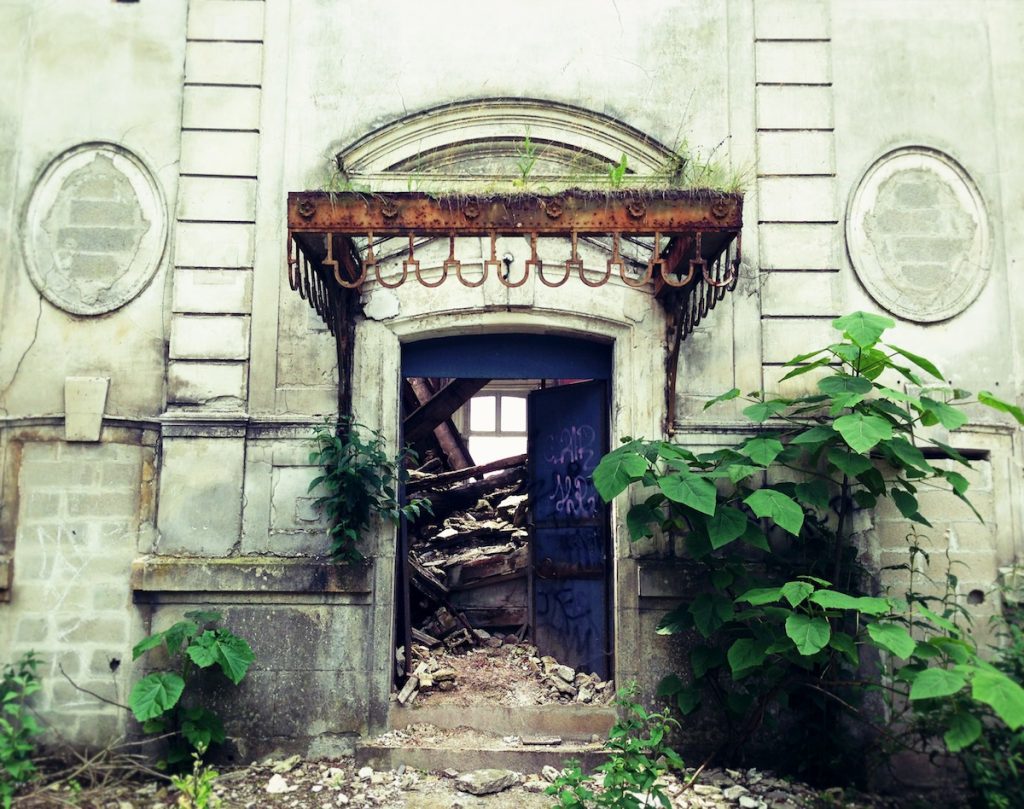
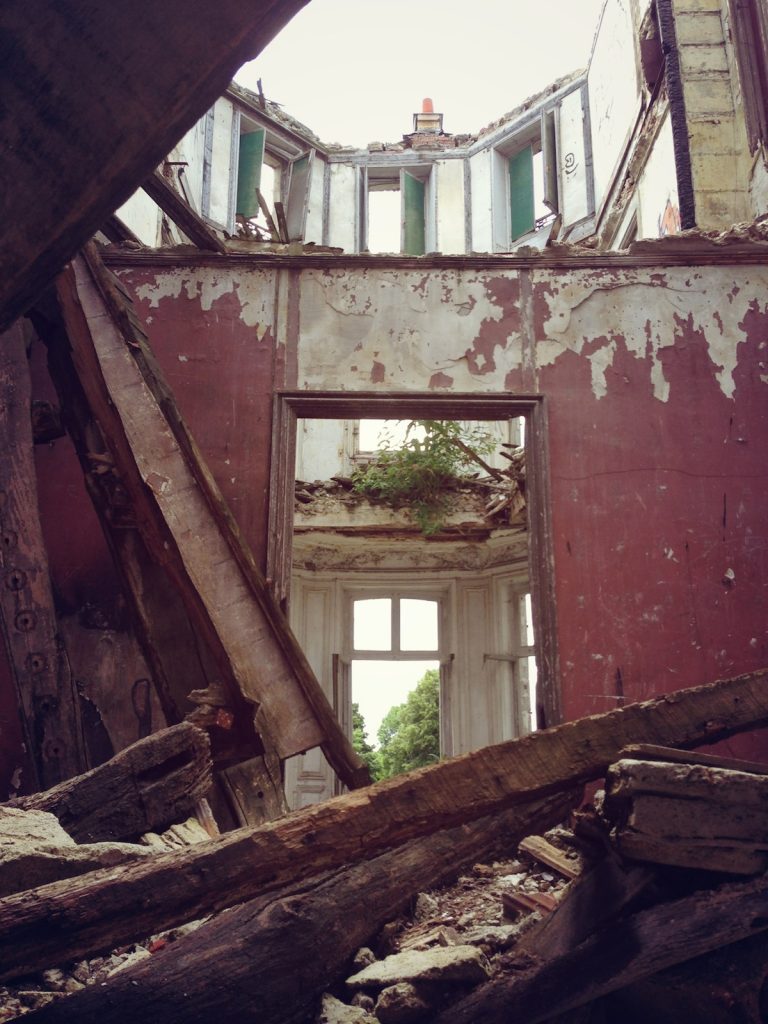

In 1972, the inhabitants of Goussainville, a peaceful rural community, were abruptly placed directly
beneath the flight path of the brand-new Charles de Gaulle Airport. The town’s proximity to Roissy, the
nation’s largest airport, made living there intolerably noisy due to low-flying aircraft. Old-town residents
observed as neighbors left their homes in large numbers because they could no longer tolerate the
aircrafts’ incessant racket.
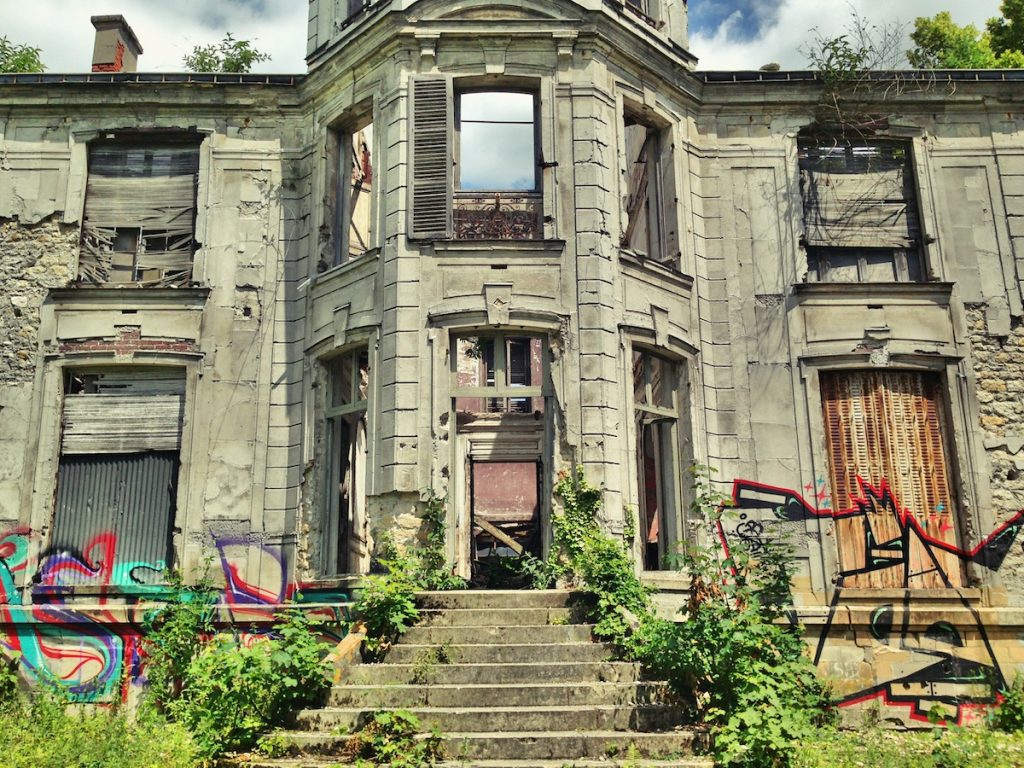
For a Monsieur Théodore Frapart, whose father served as the mayor of Goussainville in the early 1800s,
the castle was constructed in 1860. They were perhaps the first to leave their home in Goussainville
since they were the richest family in the community and could not stand the sound of the jumbo planes
flying overhead, disturbing their garden parties.
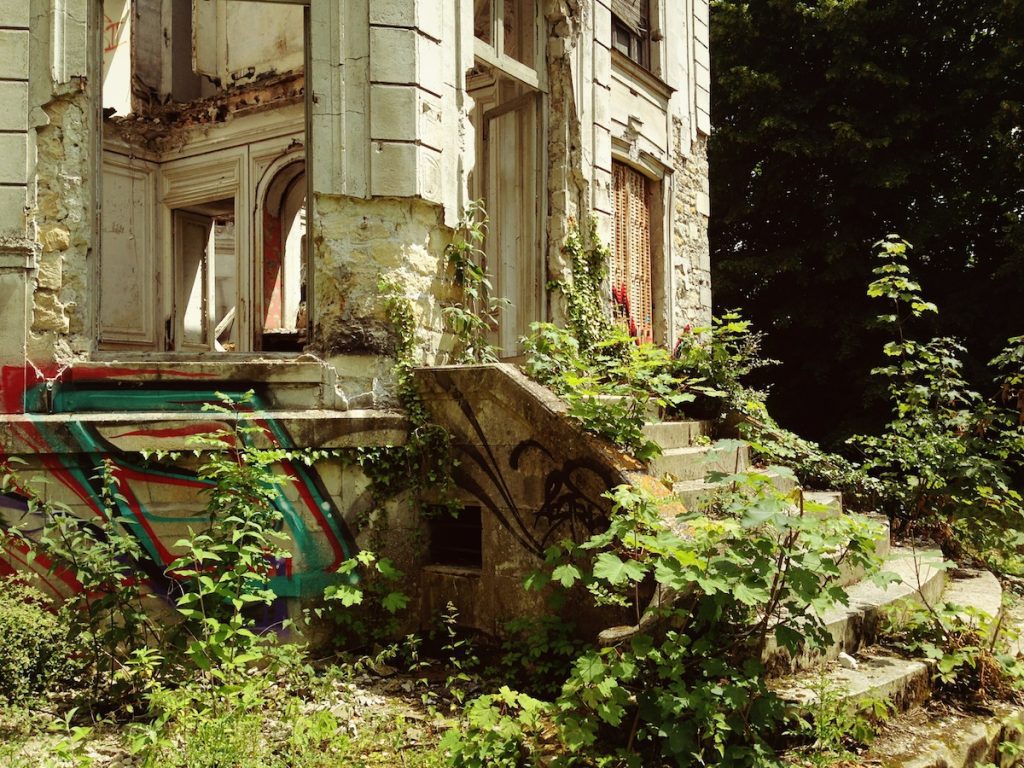
The roof of the building appears to have been destroyed by fire, leaving the inside with its elaborate
frescoes exposed to the elements. The descendants of Monsieur Théodore are still the owners.

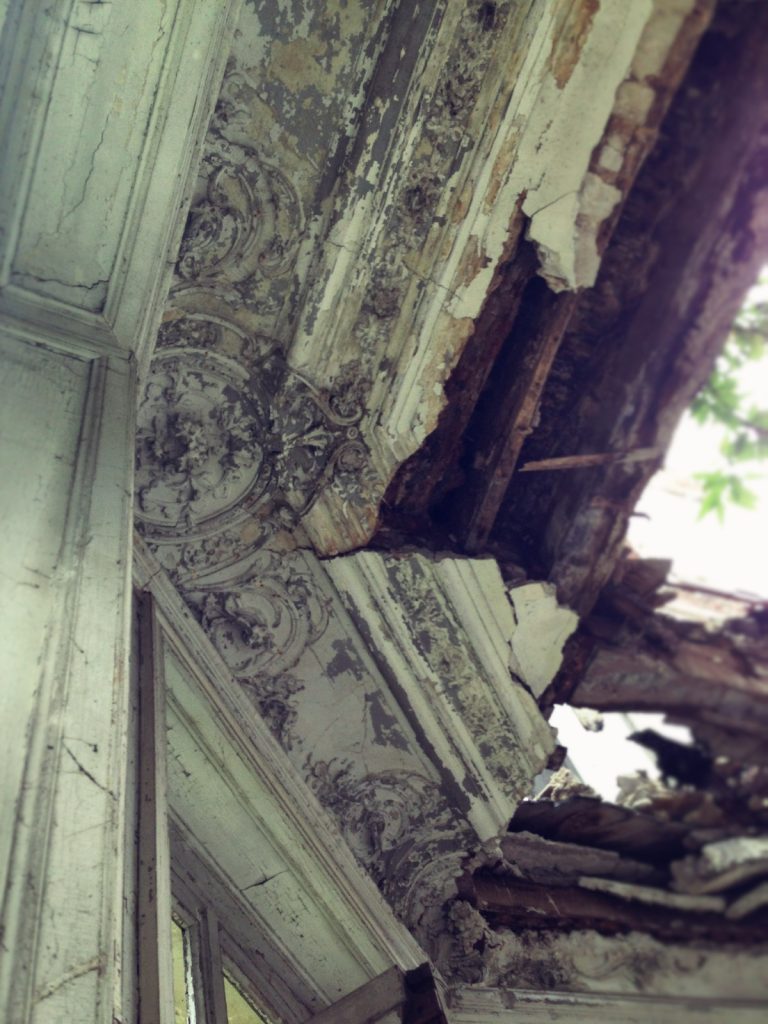
I almost manage to admire the peaceful beauty of this rotting mammoth as I precariously balance on the
edge of the entryway (the flooring fell through long ago). In a recess above a collapsing cornice, a
swallow has built a nest for herself.
The gloomy silence is then broken by the thunderous roar of a Boeing 747.


The Goussainville people, however, had other worries as well. A Soviet prototype aircraft intended to be
a Concorde competitor crashed in Goussainville a year before the airport even opened, during the Salon
de Bourget airshow that was taking place nearby the new CDG airport. The crash destroyed several
homes and a children’s school that was fortunately closed on that day. Eight persons on the ground died
along with the six passengers on board. Naturally, the airport opened after that, continually reminding
locals that it might happen again. The final 200 Goussainville residents left their homes in 1974.
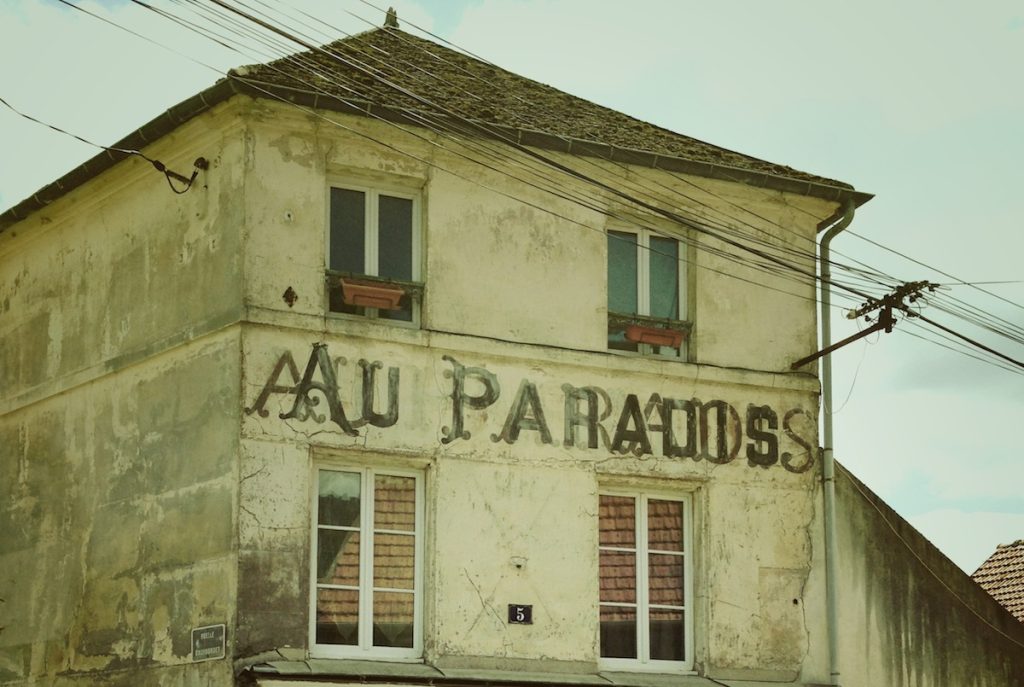
The airport authorities were ordered by decree to purchase and maintain the nearly 150 abandoned
properties in the village for which they were responsible. The fact that the Renaissance church at
Goussainville, Saint-Pierre-Saint-Paul, and all the structures surrounding it are listed as historic
monuments certainly wasn’t considered. The airport bought 80 of the 144 homes.

They were locked up and let to deteriorate despite the agreement because there was no way to destroy
them

Even the 14th-century Renaissance church started to decay into a sad state until 2010, when local
officials finally intervened and started making efforts to restore it after years of neglect. The aircraft
continue to thunder overhead nonetheless.
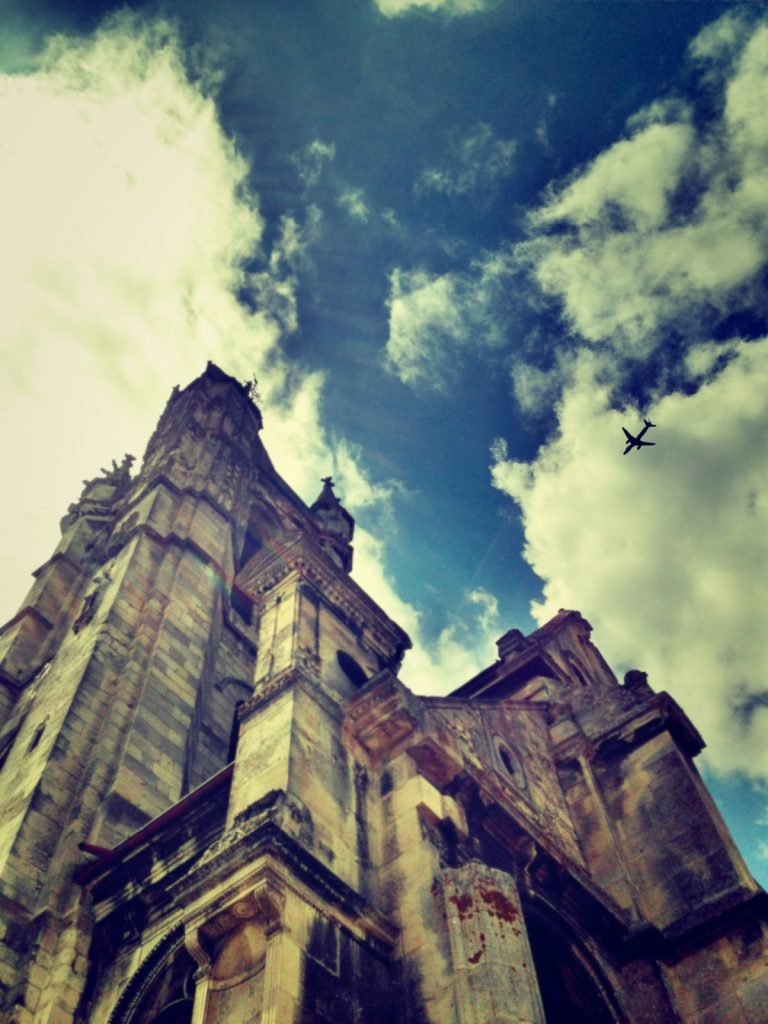
The Libairie Goussainlivres is the sole area of this village where life is still present. This bookstore, which
was established in 1997 and is housed in a charming 19th-century building, features 700m of shelving
that is filled with a variety of used books that adorn the walls of the living rooms. Nicolas will be waiting
for you there, giving you a cheerful welcome that nearly makes you forget the remote solitude this
community holds.
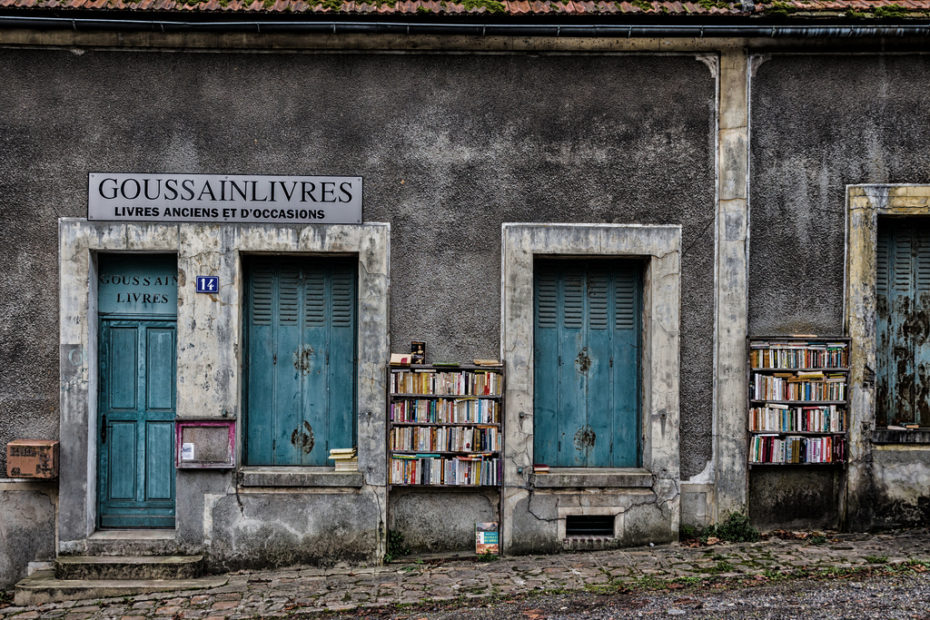
However, despite its appearance, this suburban community is everything but peaceful. The sound of jet
engines will welcome you when you arrive. The sounds of chirping birds won’t be completely drowned
out for less than a minute. To complete your sentence, you’ll need to speak louder.

Today, the majority of the former population has relocated to a brand-new, functional Goussainville.
The town may possibly claim to have moved many kilometers to the left, making it one of the rare ones
in the entire world. Only a small number of devoted citizens are still living in the ancient town, often
known as the “vieux pays.” Aéroports de Paris returned to the locals the historic village’s half in 2009 for
a symbolic sum of one euro.
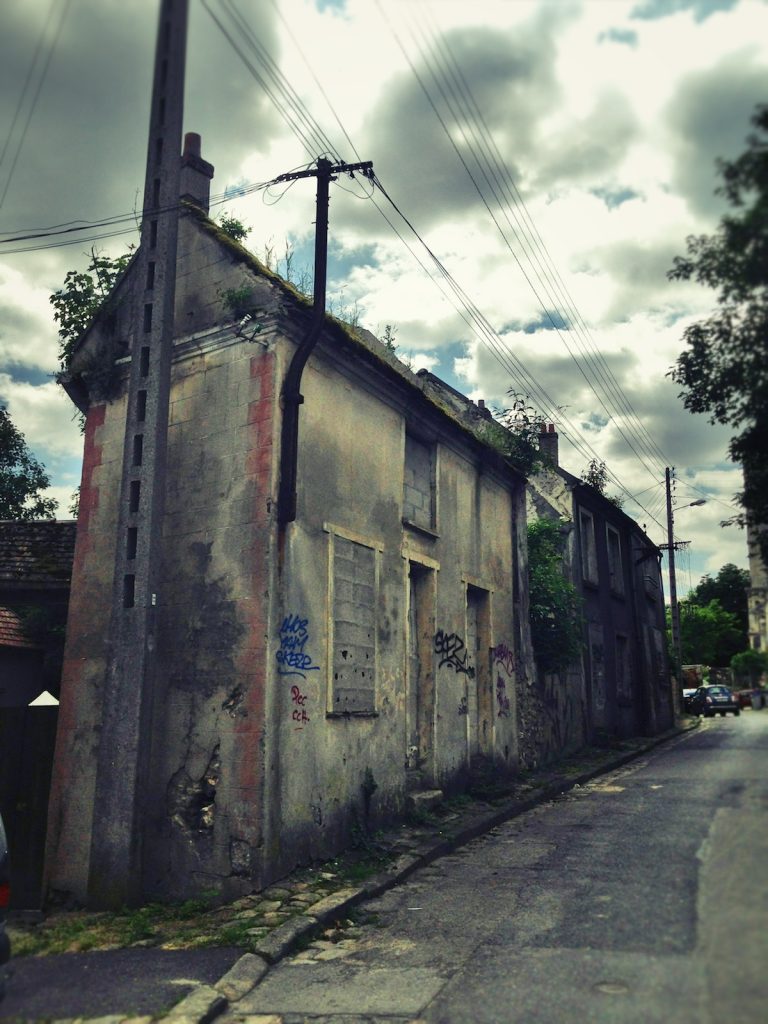
Though you could still find this community locked in time if you took a short detour away from Paris.
Few cars and the loud and frequent boom of airplanes passing overhead would be the only signs that
the world had changed. Since the 1970s, the only times this community has experienced calm are during
airport strikes or emergencies like the Icelandic volcano eruption that grounded flights across Europe.
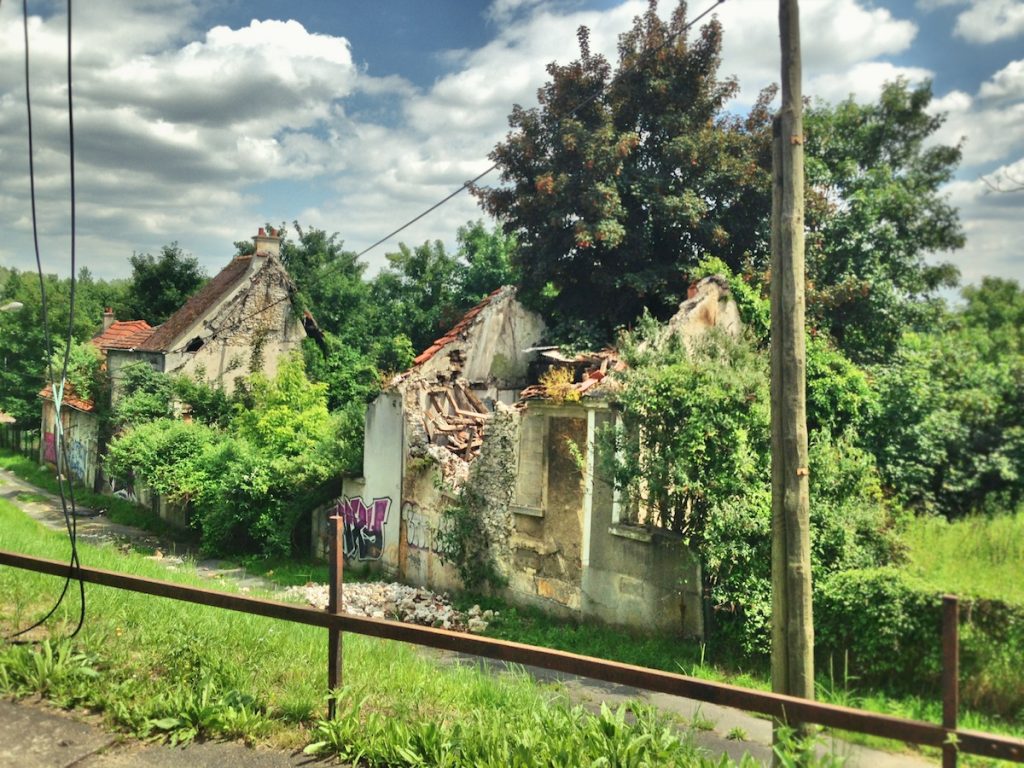
Old Goussainville’s fate is an unsettling paradox: it is both saved by its past and cursed by its future.
Maybe simply a foreshadowing of things to come…








